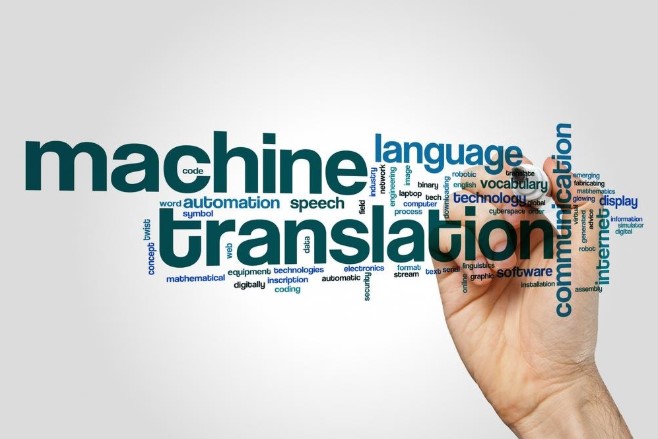Internet users who frequently log onto foreign-language websites have no doubt encountered Google machine translation. Your personal experience with this relatively new type of translation system may be mixed.
Sometimes Google does a good job of providing you with a perfectly logical translation that’s easy to understand. At other times, it can give a translation that is ungrammatical and illogical. But whatever your personal experience has been, what you probably haven’t noticed, is that Google machine translation is continuously learning.
Developing a Learning Algorithm
Google has developed an extraordinary algorithm that continues to learn how to perform the functions that it’s programmed to perform. It uses artificial intelligence to gather data from the function it performs and continuously improve on that performance.
Artificial Intelligence (AI) has become a controversial buzzword of the new millennium. Alongside doomsday predictions of killer robots bent on destroying humanity are the obvious benefits of developing a learning algorithm, such as Google machine translation.
How the Google Translation Algorithm Works
Google translate uses Recurrent Neural Networks (RNN) to identify sequences of words and phrases in a source language and then matches these sequences to words and phrases in the target language. As it continues to perform its functions, it adds to its database of known words and phrases in both languages.
But this isn’t just a matching exercise between languages. By using these RNNs in the process, it ‘learns’ the semantics and meanings in both the source and target language and can improve the translation services over time.
In fact, the more you use Google Translate to translate between two different languages, the more you’re helping the algorithm to improve. By continuously processing these calculations, Google Translate can spot recurring patterns in the words and phrases of different languages. Through these continual calculations, the program can improve its accuracy in providing ever more nuanced and appropriate translations.
Google Translate wasn’t always so sophisticated. It initially used statistical machine translation. In this method, the source sentence would be translated first into English and then into the target language by cross-referencing similar sentences in the target language from documents provided by the United Nations and the European Parliament.
By transitioning to using these RNNs in the translation process in 2016, Google was able to further the accuracy of the translations by sampling from a much more extensive range of linguistic sources.
Wisdom of Utilizing RNNs
The developers working on the Google machine translation algorithm recognized that they were facing a problem where language continues to evolve. If they had continued to use statistical machine translation as the basis for their algorithm, it would, at some point in time, become obsolete when the evolution of the world’s languages surpassed Google Translate’s ability to keep up with the changes.
By switching over to an RNN-based approach, they entered the arena of “deep learning”. And it’s this approach that has meant success for the algorithm moving forward. Google Translate now offers translation services for over 100 languages.
As the program continues to improve more and more people around the world will be able to communicate more effectively and accurately.




